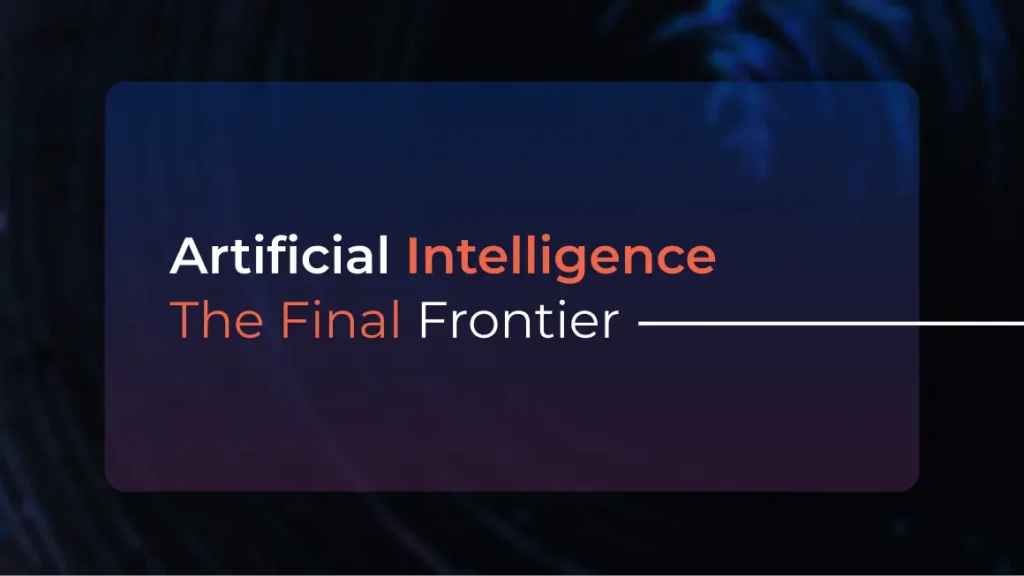10 Step Estimation Process Sample Checklist
View our 10 Step Estimating Process Checklist. This checklist should be tuned to the individual company’s needs and suggestions.

I have been working with AI since the ‘90s, case-based reasoning since 2010, and generative AI for the past year. I have seen it go from a wonder in the eyes of the more geeky public to an eyesore as they put in terrible prompts and then berated the answers.
I have heard of lawyers using hallucinated case law to justify their position in court. And perhaps most egregious: I read there was Chicago pizza in Florida. When I asked chatGPT it told me the name Nancy’s Pizza, with an address only 30 minutes from home. How could I not know: Nancy’s Pizza, who I give credit for inventing Chicago Pizza, actually had a location nearby. As I calmed down and started planning a trip, I checked Google Maps. No Nancy’s pizza in Florida. Oh no… How could I not have supported Chicago Pizza, and now it was gone? Using old-fashioned Google, I learned there had never been Nancy’s pizza in Florida. Just a Hallucination. This was probably 6 months ago, before chatGPT 4o. I just tried and ghatGPT only recommended two real pizza places in the area.

Now I describe AI’s timeline as “one AI month is equal to 8 dog years” So now I ask chatGPT (or the other AI models I am leaning toward) to justify their answers and warn me of hallucinations.
I have been spending significant time trying to identify where generative AI goes wrong and how to remove hallucinations, first with prompt engineering, then with fine-tuning, and RAG (using our own data or third party data) lowering the temperature (reducing creativity of the AI model) and more.
I am fortunate that I am working with AI from several directions: Non-Profit organizations providing answers to sometimes hard questions, and SEERai, describing the characteristics of engineering products so the SEER models can provide cost, schedule, and risk.
I realize anything I write may be wrong in a few months. For example, just this weekend, a new AI model based on Llama was introduced that allegedly self-corrects errors. And now people are contesting it, illustrating my dog year analogy.
I will be blogging about this journey and the lessons learned.
10 Step Estimation Process Sample Checklist
View our 10 Step Estimating Process Checklist. This checklist should be tuned to the individual company’s needs and suggestions.
Estimating Total Cost of Ownership (TCO)
Find out how you can use Total Cost of Ownership (TCO) model to create an estimate which includes all the costs generated over the useful life of a given application.
Should Cost Analysis
Learn how Should-Cost Analysis can identify savings opportunities and drive cost efficiency in procurement and manufacturing processes.
ROM Estimate: The First Step Towards a Detailed Project Plan
Find out what ROM (rough order of magnitude) estimate is and why is it a crucial element of every project planning cycle.
Software Maintenance Cost
Find out why accurate estimation of software maintenance costs is critical to proper project management, and how it can make up to roughly 75% of the TCO.